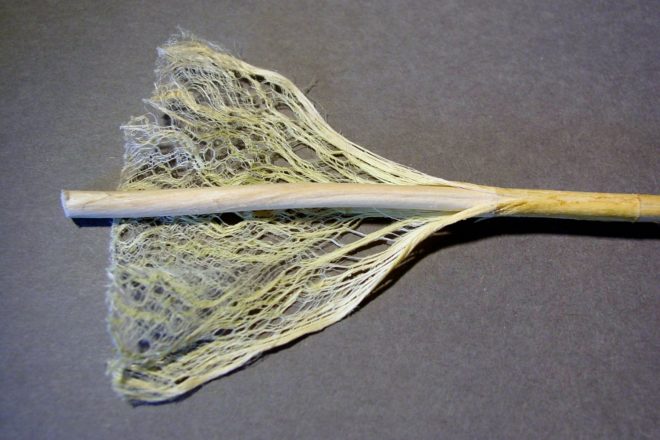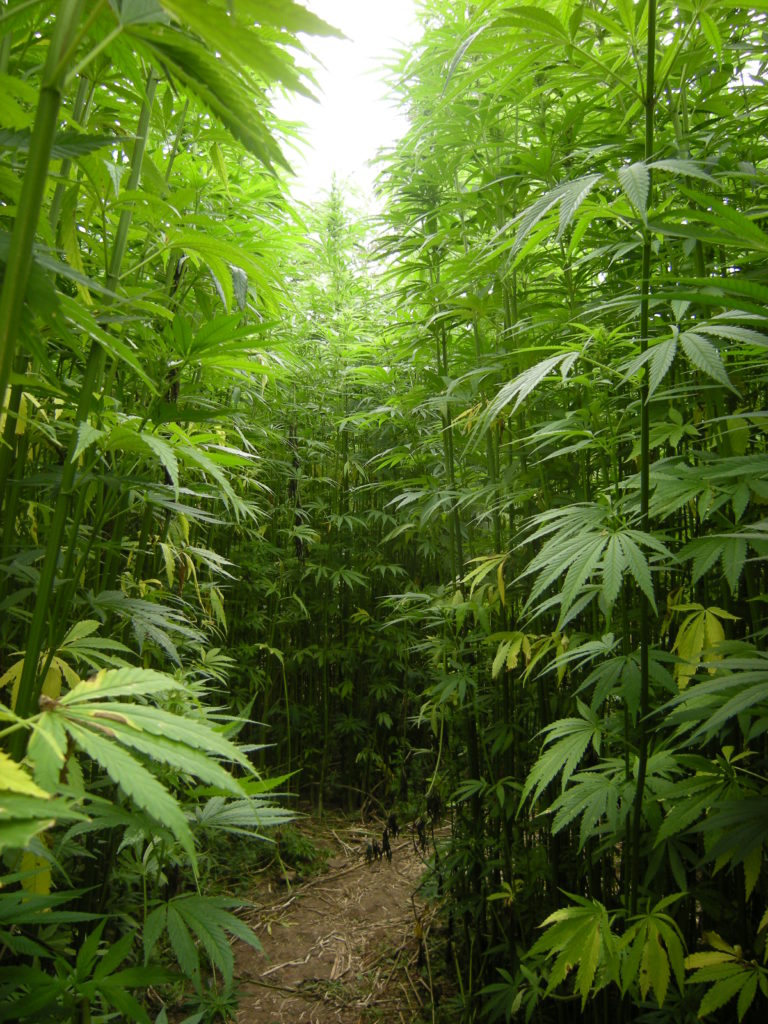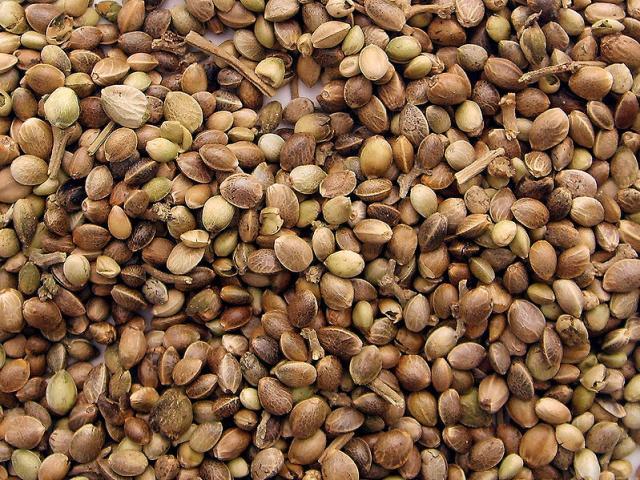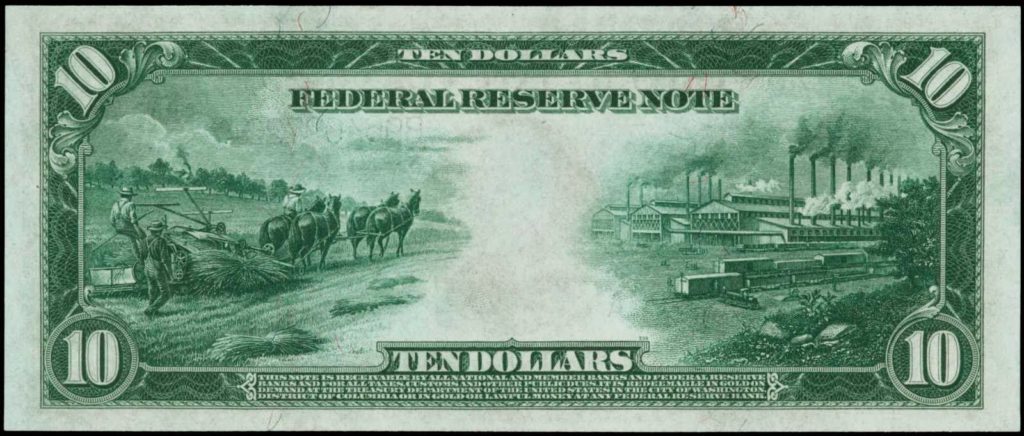Source: doorcountypulse.com

A hemp stem showing stripped fibers. Public domain photo
Can you name the strongest natural fiber in existence, a fiber that is warmer than cotton and five-times more abrasion resistant?
It’s called hemp. In addition to fibers as strong as carbon fiber but dramatically cheaper, oils from the same plant are packed with healthy fatty acids and the oils are also known to be an effective treatment for a wide variety of maladies, including the ability to reduce epileptic attacks.
Wisconsin was once the major American producer of hemp, but then either through inept legislation or a conspiracy by corporate powers who feared the hemp industry could bite into their economic interests, or a deadly combination of the two, hemp became an illegal crop in the United States.
This is where we should loudly say: HEMP IS NOT MARIJUANA!
Foolish legislation lumped the two cannabis varieties in the same category. Hemp is very low in THC – the psychoactive element in marijuana – but higher in cannabidiol (CBD), which has a wide scope of medical applications.

A hemp field in Côtes-d’Armor, Brittany, France. Photo by Barbetorte.
“Hemp is grown in all other industrial nations, including Canada. We’re the only one that does not,” said Dr. Paul Mahlberg, a Kangaroo Lake resident who serves on the board of the North American Industrial Hemp Council. “It’s amazing how little information people in this country know about industrial hemp.”
Mahlberg believes it is time to reconsider our misguided fear of industrial hemp.
“The fiber is very useful and is used in large quantities in Europe,” he said. “The seed provides a nutritional value in food. Those two aspects will bring in many millions, if not billions of dollars as time goes on. It already does in Europe. It has many uses. They say hemp has 25,000 uses. It can be made into extruded material. It can be made into plastic. It’s been used for cloth for hundreds of years.”
Mahlberg said European automakers have been using extruded hemp as a replacement for fiberglass for years. It’s cheaper, lighter, and, perhaps most importantly, biodegradable.
“That same plastic, incidentally, can be used to manufacture shells of stoves, refrigerators, washers, driers, and it’s also biodegradable,” he said. “This is a very important point for hemp. That’s one of the reasons Europeans are using it. It could replace Styrofoam and other synthetic products that do not biodegrade. We have to be aware of what we put into our landfills.”
He points to another recent development – low-cost hemp used to replace high-cost graphene in new super batteries. Researchers say hemp outperforms graphene in such applications.
“Can you imagine the potential if that really works?” Mahlberg said. “It turns out graphene can store huge quantities of electrons, and the application here would be that it’s much cheaper. This would be using the purified carbon from the fiber of hemp. This application is really unusual and we’ll see where that goes in the future. It would reduce the cost of electronic components.”

The Kestrel is a Canadian-made vehicle that runs on battery power and is made from hemp composite as strong as fiberglass but much lighter. The entire vehicle weighs one ton. The car was designed by Motive Industries Inc.
While the United States is the only industrialized nation that does not grow hemp, it does import half a billion dollars’ worth of hemp products from other countries annually, all of which could be grown here.
Mahlberg said it all goes back to the federal Marihuana Act of 1937, which failed to make a distinction between marijuana and hemp. “You have to make a law to make it legal to possess hemp in Wisconsin. That’s why we and other states are going through this process, to provide a law that makes it legal to possess hemp. Once we have that law passed, and we hope it will this year, we can approach the U.S. Dept. of Agriculture under the Farm Bill, and then we can grow it here.”
Mahlberg is very familiar with the nation’s marijuana laws. He spent more than 30 years studying the botanical properties of cannabis as a faculty member in the Dept. of Biology and the Molecular Institute at the University of Indiana.
“I started this in 1970, and I retired in 2003,” he said. “During that period of time, I had a DEA Schedule 1 license and I had an import permit. Initially, I started collecting seeds from around the world. I had the largest seed collection of cannabis known at the time. I had over 250 varieties of hemp that I had collected.”
The seeds were used to grow cannabis plants in two greenhouses.

Hemp seeds
“My studies were biological or botanical in nature, not into drug involvement,” he said. “When I retired in 2003, I gave up my license and I also had to give up the seed collection to the Drug Enforcement Agency.”
The industrial hemp bill has been brought up unsuccessfully in the past before the Wisconsin Legislature, but Mahlberg is hoping that since 30 other states have already changed their laws to reflect the distinction between hemp and marijuana and at least 20 of them have passed laws creating industrial hemp research or pilot programs, this time Wisconsin legislators will have open minds about the huge economic potential of industrial hemp. Both Illinois and Michigan have a pilot hemp program, and Minnesota is already licensing hemp growers.
Two different Assembly bills have been brought forward. Rep. Dave Considine (D-Baraboo) introduced a hemp bill in 2015 and has reintroduced it in this session with support from 17 Assembly Democrats and five Senate Dems.
AB 183 was introduced by Rep. Jesse Kremer (R-Kewaskum) and is supported by 27 of his Assembly colleagues – 21 Republicans (including our own Rep. Joel Kitchens) and six Democrats – and by four Democratic senators and eight Republican senators (including our own Sen. Frank Lasee).
“Farmers need new crops,” Mahlberg said. “Various farm organizations have been saying this. We can’t live by corn alone.”
The New, Old Promise of Hemp
In its February 1938 issue, Popular Mechanics Magazine ran a story titled “New Billion-Dollar Crop.”
The story hailed the development of a machine called the decorticator, which removed the fiber-bearing cortex from the rest of the stalk of the hemp plant, “making hemp fiber available for use without prohibitive amounts of human labor.”
The magazine believed this invention would “displace imports of raw material and manufactured products by underpaid coolie and peasant labor and it will provide thousands of jobs for American workers throughout the land.”

The back of this $10 bill from 1914 shows a hemp harvest in York County, Pennsylvania, which just goes to show the role hemp once played in this nation.
The magazine hailed hemp for its tensile strength, durability and adaptability, with more than 5,000 textile products ranging from rope to fine lace made from hemp fiber.
Better yet, once the fiber is removed the woody substance that remains contains more than 77 percent cellulose, so could be used to produce more than 25,000 1937-era products ranging from cellophane to dynamite.
The article predicted the paper and textile industries in the United States would be changed forever, and the U.S. economy would see a huge boost in not having to import millions of dollars of products annually.
However, the article pointed out that the federal government was drawing up requirements for the registration of hemp growers. That legislation resulted in the Marihuana Tax Act of 1937, which failed to make a distinction between hemp and marijuana, either through ineptitude or conspiracy (there are rumors of corporate leaders such as Randolph Hearst with his timber interests and the Du Ponts with their new synthetic fiber called nylon working behind the scenes against hemp because it went against their economic interests, but that is another story), ended the industrial hemp-growing industry in this country.
For the record, the $1 billion in that 1937 headline would be $17,245,142,857.14 in 2017 dollars.
No comments:
Post a Comment